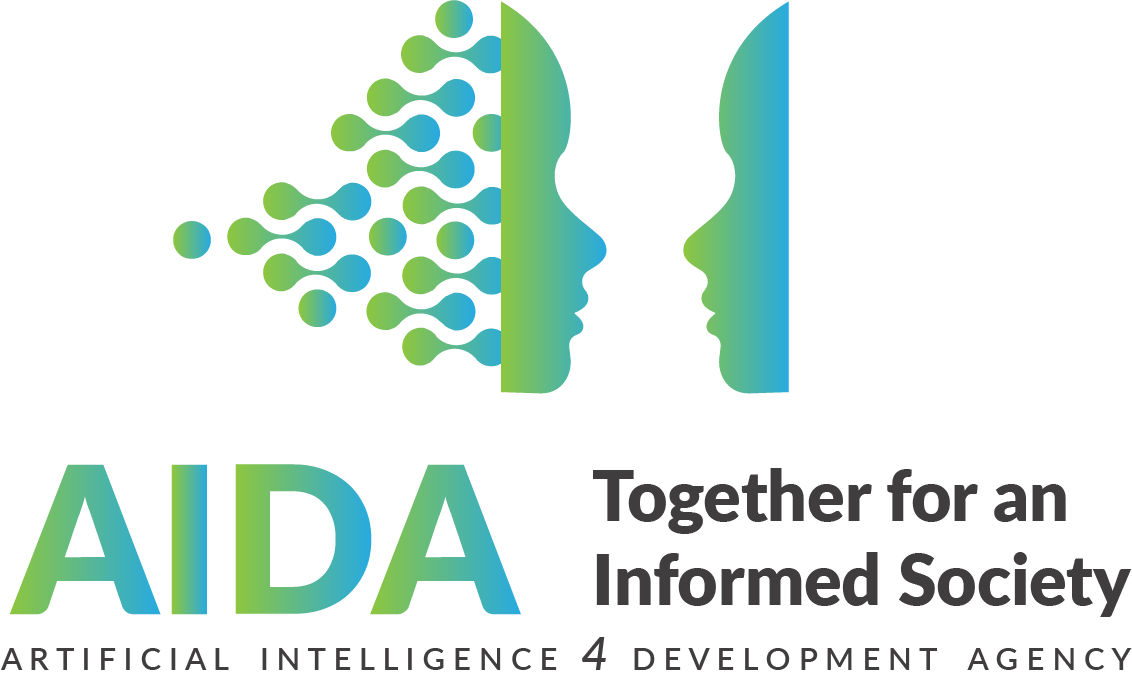AI in Humanitarian Action
The presence of Artificial Intelligence is a new-normal for our society especially during the global pandemic outbreak of COVID-19. Together with the accelerating pace of the digital revolution, the application of A.I comprehends the computerized processes which mimic human intelligence as in the task of translation, image recognition and decision making.
A.I in Disaster Relief
The United World Food Programme (WFP) is testing the use of A.I on rapid-onset disasters, such as storms, floods, and earthquakes data which gather from satellites and Unmanned Aerial Vehicles (UAV) to assess the impact of a disaster in (almost) real time, inform their response, and deliver life-saving assistance. In addition to the data, WFP is also testing out A.I powered vehicles and UAVs which could help deliver assistance to the dangerous and difficult areas. [1]
A.I in Agriculture
In the battle of fighting chronic hunger and food security. A.I can help the smallholder farmers increase the yield on their crops and prepare for climate change. Data on weather, soil qualities and crop status can be gathered from the low cost sensors, satellite imaginary and UAV. The collected data can then be analyzed by A.I to pass farmers the information on when to fertilize their produce, increase crop yields, and to prepare for the extreme weather condition.
A.I in Poverty Analysis
In order to understand the phenomenon of world poverty, data science and satellite imagery are being used by NGOs and organizations to map out the poverty. Researchers at Stanford University’s Marsha use streaming satellite imagery, researchers are identifying geographical regions of poverty more accurately by identifying dense concentrations of light at night as affluent. [2] Qatar Computing Research Institute (QCRI), which is part of Hamad Bin Khalifa University, uses data from users’ mobile phones combined with other data sources such as social media and population density estimates to produce the poverty map in the Philippines in collaboration with UNICEF Innovation and a Philippines-based startup called Thinking Machines, initially only using Facebook data to make predictions. [3]
AI in Supporting Refugees and Asylum Seekers
There are many different uses of A.I in terms of supporting Refugees and Asylum Seekers. Firstly, A.I can be used for tracking flows of refugees and displaced persons. Data for Democracy built a tool in mid 2017 which is able to track and analyze the numbers of the refugees and the displaced persons fleeing or evacuating their home by force. Secondly A.I is used for the job matching of Refugees. The machine learning algorithm is developed by Stanford University’s immigration lab in order to match the best places for refugees to relocate in terms of their skills, education, and language levels etc. Thirdly, similar to job matching, A.I can be used to optimize integration by matching refugees to communities where they will find resources appropriate to their needs and preferences, including employment opportunities. Fourthly, A.I chatbot and intelligence algorithms can provide free legal service, translation and crucial information to refugees. In addition to that the psychological support chatbot can also advise the refugees with personalized text messages for emotional support in their language. [4] Finally, machine learning is used in the decision-making phase of asylum adjudication to avoid the potential bias during the case hearing.
Conclusion
In conclusion, all these practical A.I applications may benefit our society and humanitarian aid sector profoundly. However, we should still be aware of the digital risks we are taking. Bill Drexel from The Borgen Project stated unethical use of data science can disturb the four humanitarian principles: humanity, neutrality, impartiality and independence. [5] The misuse of personal dataset or the insecure data set could harm vulnerable groups. Besides, the push for technological advancement may challenge NGOs’ autonomy from non-humanitarian interests. In what Drexel calls the humanitarian “Wild West.” [6]
Written by Zin Zar Yee MOn, R&D Team
References:
[1] Ciarán Daly, The Future Of Humanitarian Aid?, 13 November 2017
https://aibusiness.com/document.asp?doc_id=760458
[2] Robin Austin, How Al/ML is helping eradicate poverty. 18 June 2019.
https://www.cio.com/article/3403658/how-aiml-is-helping-to-eradicate-poverty.html
[3] Joe Bush,How AI is Being Used in Poverty Map, 17 October 2019
https://www.electronicspecifier.com/products/artificial-intelligence/how-ai-is-being-used-to-map-poverty
[4] Mixed Immigration Center, Artificial intelligence and radical technical innovation: the impact of the Fourth Industrial Revolution on mixed migration, 18 February 2020.
https://mixedmigration.org/articles/artificial-intelligence-and-radical-technical-innovation-the-impact-of-the-fourth-industrial-revolution-on-mixed-migration/
[5] Exploring the Advantages and Risks of AI in Humanitarian Aid, 25 November 2020
https://www.borgenmagazine.com/advantages-and-risks-of-ai-in-humanitarian-aid/
[6] Exploring the Advantages and Risks of AI in Humanitarian Aid, 25 November 2020
https://www.borgenmagazine.com/advantages-and-risks-of-ai-in-humanitarian-aid/

